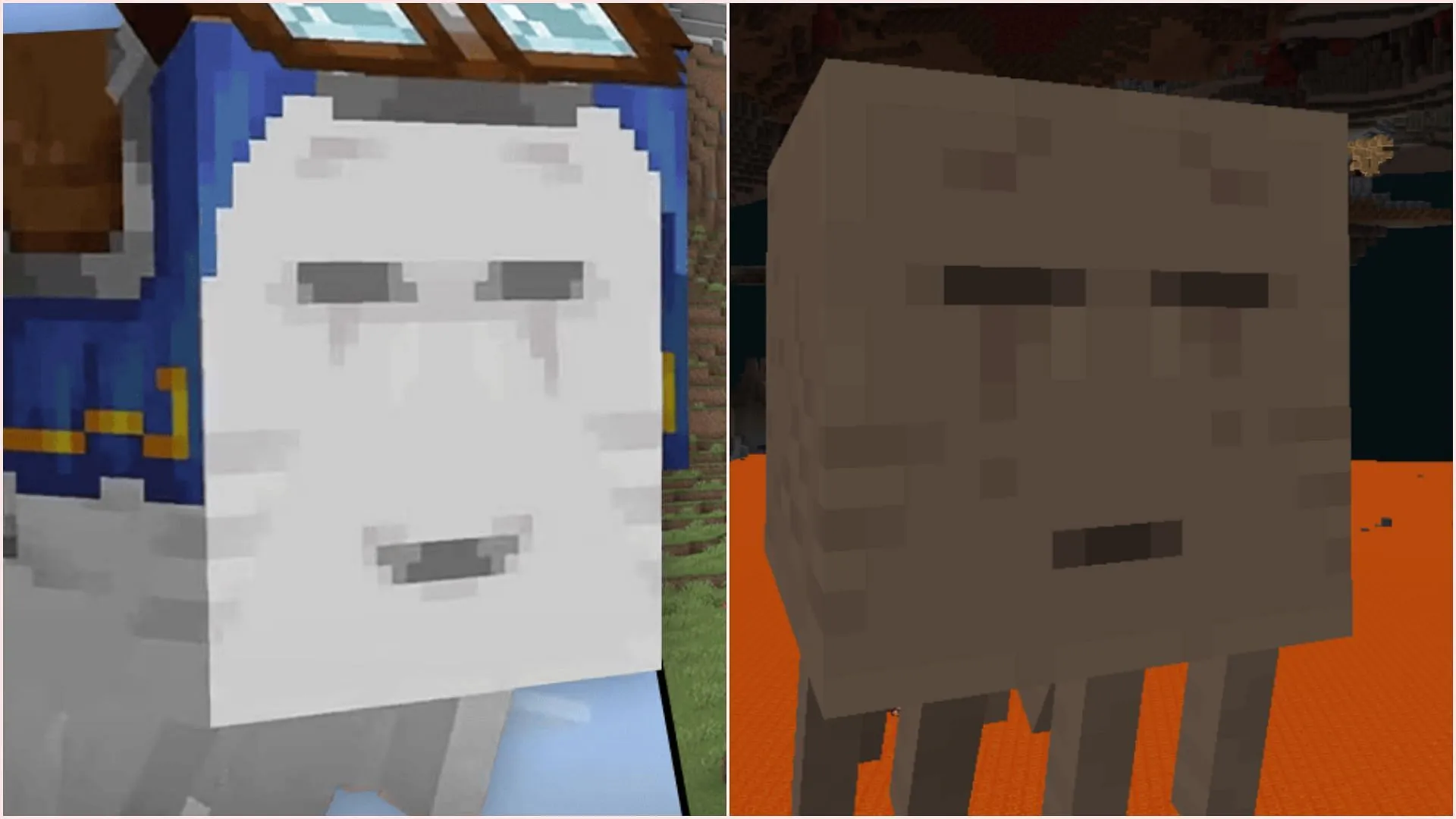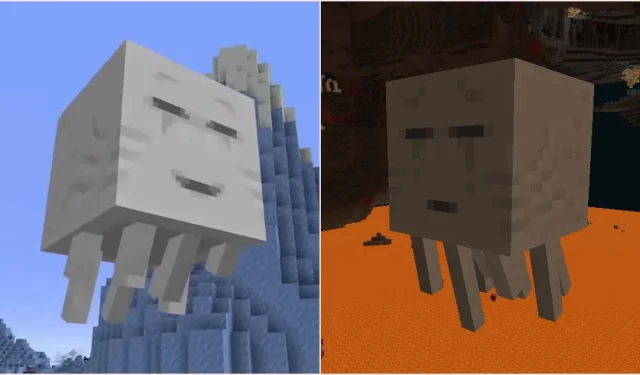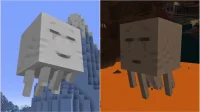Mojang has recently unveiled two exciting new ghast variants set to debut in the upcoming update for Minecraft: the ghastling and the happy ghast. The ghastling serves as a juvenile form of the happy ghast, which presents a stark contrast to the original Nether variant.
Below, we explore the key differences between the classic Nether ghast and the newly introduced happy ghast in Minecraft.
Comparing the Happy Ghast and Nether Ghast in Minecraft
Visual Appearance

One of the most striking differences between these two ghast types lies in their textures and facial expressions. The traditional Nether ghast is characterized by its closed eyes, pronounced tear marks, and a flat mouth, all complemented by its furrowed brows, conveying an expression of despair as it navigates the fiery Nether.
In contrast, the happy ghast portrays a more cheerful appearance with elevated eyebrows, uniquely shaped closed eyes, and a gentle smile. This depiction indicates its generally positive demeanor while exploring the Overworld and engaging with players.
Behavioral Dynamics and Player Interaction

The behavioral patterns of the happy ghast starkly contrast with those of the traditional Nether ghast. The latter typically wanders through the Nether, often heard crying—a sound that signals a player’s initial entry into this fiery dimension.
Nether ghasts exhibit a hostile nature towards players, launching fireballs when they are detected, accompanied by loud shrieks and fearsome expressions, showcasing their menacing side.
Conversely, the happy ghast embodies a friendly spirit, remaining passive towards all entities, including players. Interactions with this entity include feeding it snowballs and even riding it with the aid of a harness. While its vocalizations have yet to be revealed, one can anticipate that it will be significantly more upbeat compared to the sorrowful cries of its Nether counterpart.


